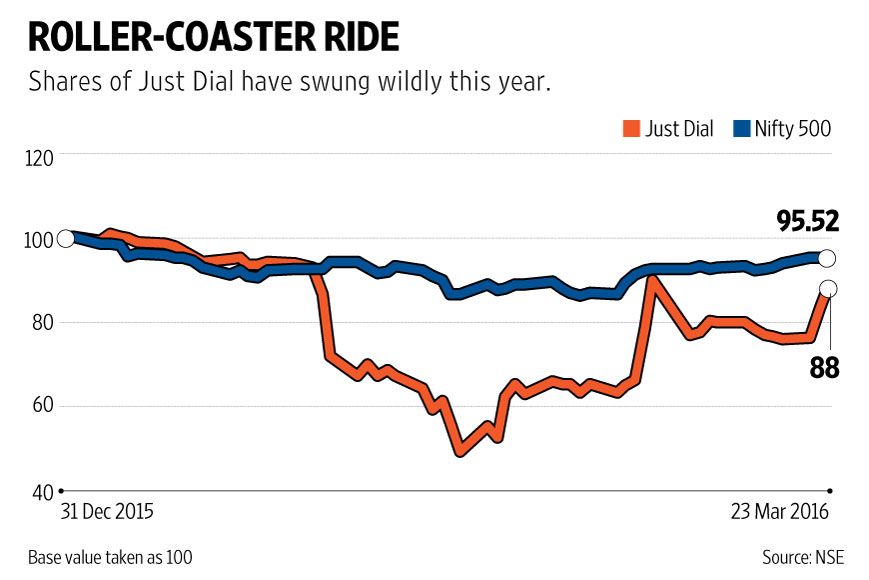Recently, it raised $265 million from Abu Dhabi Investment Authority.
Renewable energy producer ReNew Power Ventures Pvt Ltd has signed an agreement with US government’s development finance institution Overseas Private Investment Corporation (OPIC) for debt financing of up to $250 million, according to a press statement.
OPIC will provide the financing facility to be used by separate special purpose vehicles for the development, construction and operation of solar photovoltaic projects awarded under Indian government’s Jawaharlal Nehru National Solar Mission in the country.
The company will use the capital to construct up to 400 megawatts (MWs) of solar power projects in India across multiple states.
“ReNew Power will have an edge in the solar competitive bidding scenario through this long-term OPIC facility,” Sumant Sinha, chairman and CEO of ReNew Power, said in the statement.
"OPIC is proud to partner with ReNew Power in delivering innovative clean energy solutions throughout India. By supporting the construction of solar power projects, OPIC looks forward to helping ReNew Power meet India's growing energy needs while reducing the country's carbon footprint,” said Elizabeth Littlefield, OPIC's president and CEO.
In October, ReNew Power raised $265 million (Rs 1,722 crore) in a fresh funding round led by Abu Dhabi Investment Authority (ADIA), which is one of the two sovereign funds of the UAE and represents the Emirate of Abu Dhabi.
While ADIA put in $200 million to pick up a significant minority stake, existing investor Goldman Sachs also participated in its fourth round of funding in the company through an additional $50 million commitment.
Another existing investor Global Environment Fund added up to $15 million to its existing investment.
The renewable energy sector – especially wind and solar power – has attracted a clutch of financial and strategic investors, lured by opportunities in the sector where the government has set ambitious targets to cater to the rising demand for electricity.
The Indian government has set a goal of achieving 100 GW of solar and 60 GW of wind power generation capacity by 2022, up from around 4GW of solar power and about 23 GW of wind power.
Founded in 2011 by Sumant Sinha, ReNew Power has now more than 2,400 MWs of clean energy assets. Currently, it has presence in nine states (Gujarat, Haryana, Madhya Pradesh, Rajasthan, Maharashtra, Karnataka, Telangana, Andhra Pradesh and Jharkhand) across the country. The company is backed by marquee investors like Goldman Sachs, ADIA, Asian Development Bank and Global Environment Fund.
In the last one year, ReNew Power has ramped up its solar energy portfolio. It recently signed Power Purchase Agreements (PPAs) for four solar ground mounted projects with a combined capacity of 286 MW in Telangana. Further, it has won bids in Karnataka (180 MWs) and Jharkhand (522 MWs) for which the PPAs will be signed shortly.
It has Rs 4,000 crore of equity capital with over Rs 8,000 crore of debt sanctions. With this new round of funding, ReNew Power has an asset base in excess of $1.5 billion and expects to push this by one-third by the end of this year.









